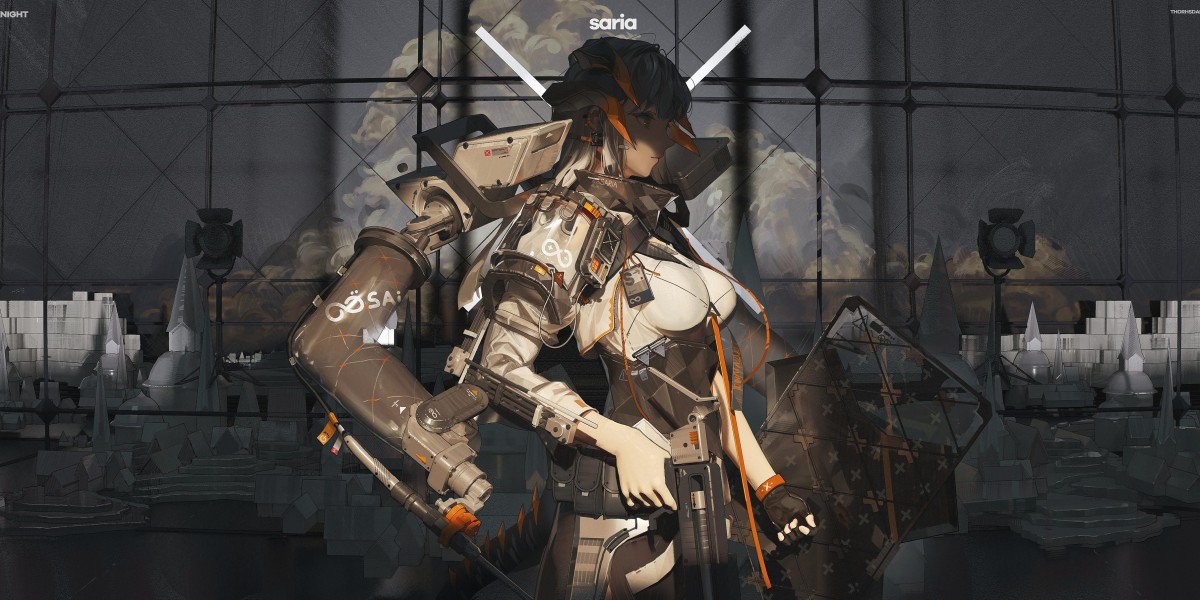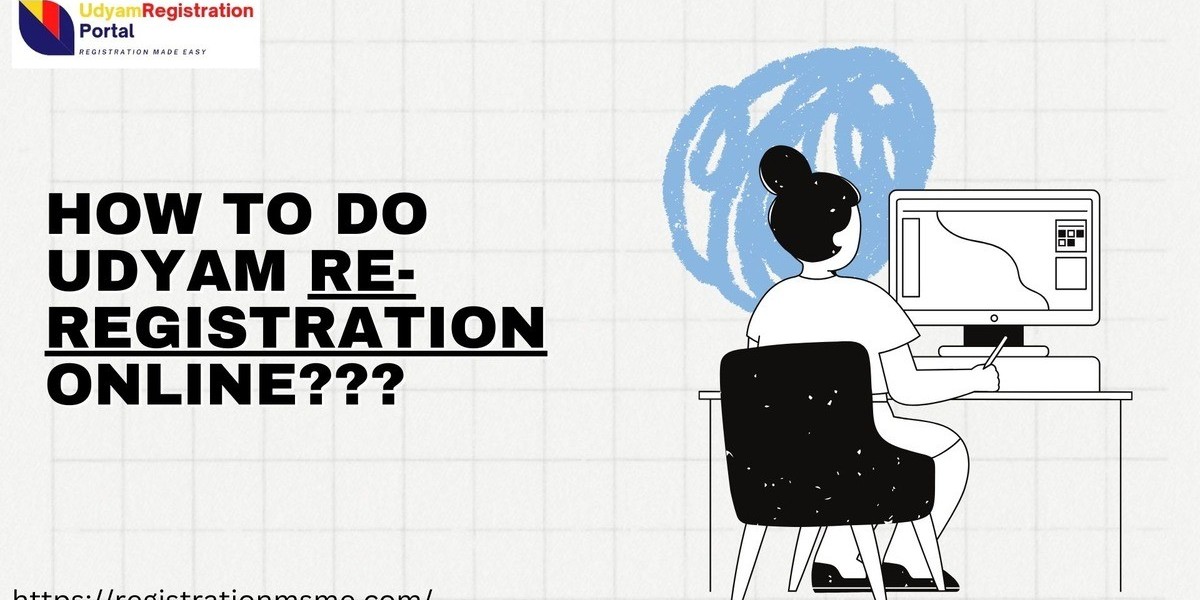Unveiling the Secrets of FDM 3D Printing: What You Need to Know!
FDM 3D printing, or Fused Deposition Modeling, is revolutionizing the way we approach manufacturing and prototyping in today's fast-paced world. This innovative technology has made it possible for individuals and businesses alike to create intricate designs and functional prototypes with relative ease. As we delve into the nuances of FDM 3D printing, this article aims to provide you with a clear definition and a comprehensive understanding of the term, showcasing its significance in various industries and everyday applications. Whether you're a hobbyist, an engineer, or simply curious about 3D printing, this guide will equip you with essential knowledge and insights.

Understanding FDM 3D Printing
At its core, FDM (Fused Deposition Modeling) is a 3D printing technology that creates objects by layering materials in a precise manner. The process begins with a 3D model, typically designed using computer-aided design (CAD) software. The FDM printer then heats a thermoplastic filament, melting it to a semi-liquid state. This melted filament is extruded through a nozzle, where it is deposited layer by layer onto a build plate. Each layer bonds to the previous one, gradually forming a solid object. This layering technique allows for the creation of complex geometries that would be difficult or impossible to achieve with traditional manufacturing methods. Notably, FDM is widely recognized for its accessibility and versatility, making it a popular choice for both professionals and enthusiasts.
Key Components of FDM 3D Printing
The FDM 3D printing process involves several essential components that work together to produce high-quality prints. The printer itself is the most critical element, typically comprising a frame, a build plate, and an extrusion system. The build plate serves as the surface upon which the object is constructed, while the extrusion system includes a motorized mechanism to feed the filament through the heated nozzle. The filament is another crucial component, available in various materials such as PLA, ABS, and PETG, each with unique properties and applications. Additionally, slicing software is necessary to convert the 3D model into a format the printer can understand, determining parameters like layer height and print speed. These components collectively enable the efficient and precise creation of 3D objects.
Advantages of FDM 3D Printing
One of the primary advantages of FDM 3D printing is its cost-effectiveness. Compared to other 3D printing technologies, FDM printers are generally more affordable, making them accessible to a broader audience. Furthermore, the materials used in FDM printing are often less expensive and widely available, contributing to lower production costs. Another significant benefit is the variety of materials that can be utilized, allowing for the creation of parts with different mechanical properties tailored to specific applications. The ease of use is another highlight, as many FDM printers come with user-friendly interfaces and straightforward setup processes, making them ideal for both beginners and experienced users. These advantages make FDM 3D printing an attractive option for prototyping, custom parts production, and even educational purposes.
Applications of FDM 3D Printing
FDM 3D printing finds applications across a diverse range of industries. In education, it serves as a valuable tool for teaching concepts of design, engineering, and manufacturing. Students can engage in hands-on projects, fostering creativity and problem-solving skills. The prototyping sector benefits significantly from FDM technology, as designers can quickly iterate on concepts, producing functional models to test form and fit. Additionally, healthcare utilizes FDM printing for creating custom prosthetics and anatomical models, allowing for personalized patient care. The automotive and aerospace industries also leverage FDM for producing lightweight components and tooling, enhancing efficiency in manufacturing processes. These applications underscore the versatility and impact of FDM 3D printing in modern society.
Challenges and Limitations of FDM 3D Printing
Despite its many advantages, FDM 3D printing is not without its challenges. One common issue is print quality, which can be affected by various factors, including printer calibration, material choice, and environmental conditions. For instance, improper temperature settings can lead to warping or layer adhesion problems. Additionally, while FDM printers can use a wide range of materials, certain filaments may pose difficulties, such as limited flexibility or heat resistance. These limitations can restrict the types of applications for which FDM printing is suitable, prompting users to consider alternative technologies for specific needs. Understanding these challenges is crucial for anyone looking to optimize their FDM 3D printing experience.
Exploring the Future of FDM 3D Printing
In summary, FDM 3D printing stands as a cornerstone of modern manufacturing and prototyping, offering an accessible and versatile solution for creating complex 3D objects. By understanding its definition, key components, advantages, applications, and challenges, readers can appreciate the full scope of this technology. As the world continues to innovate and evolve, exploring the potential of FDM 3D printing could open new doors for creativity and efficiency in various fields. Whether you are a seasoned professional or just starting your journey into 3D printing, there has never been a better time to delve into the fascinating world of FDM technology.








